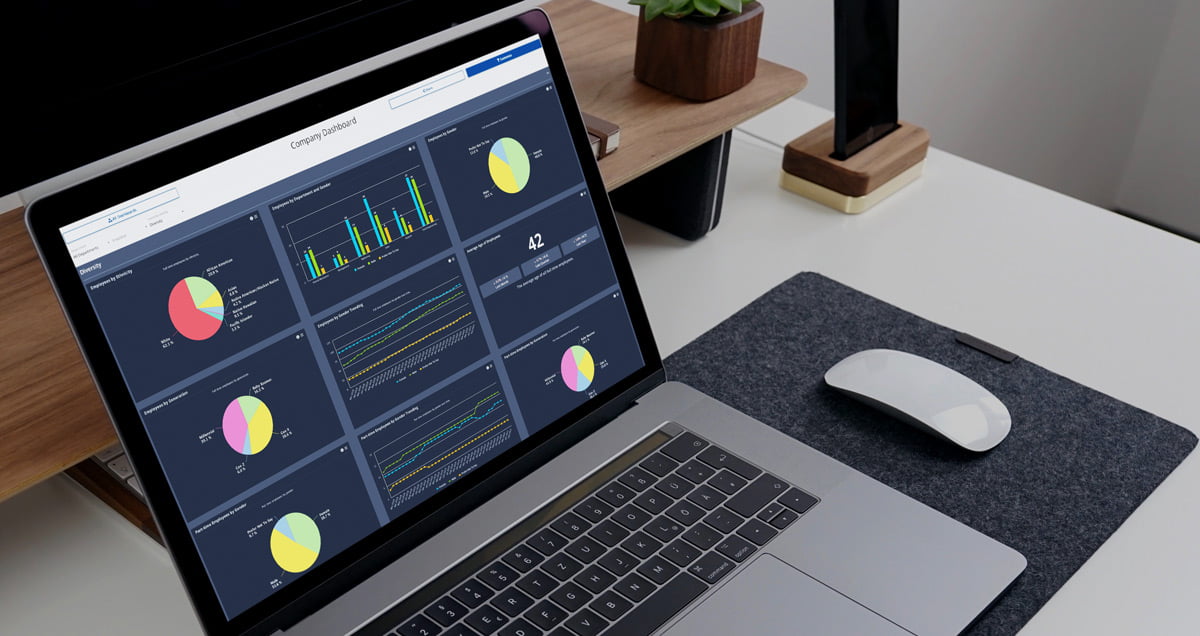Human Resources in 2022
No one could have predicted the ways the world changed in 2020. What’s more, many of the changes the COVID-19 pandemic created in the working world, such as remote teams and video meetings, are becoming permanent. So when it comes to planning your HR strategies this year, what are some key metrics to examine and top issues to address?
Talent is at a Premium
Research from Qualtrics shows that as a response to the ongoing pandemic, the Great Resignation will carry on in 2022. A survey showed that 65 percent of workers plan to stay with their jobs this year, down from 70 percent in 2021. The pandemic has shown many professionals that the 9 to 5 hours and long commutes to the office are not the only way to get work done. Unhappy workers are shedding old ideas of company loyalty and using this time to break out on their own or leave industries that don’t make them happy.
Recruitment will be in Overdrive
It’s no secret that it is a job seeker’s paradise out there. The number of openings exceeds the applicants in so many industries that companies are in a virtual war for talent. So expect 2022 to see a robust approach to recruiting.
“The market is hot when it comes to job hunting,” said Jenny Yang, vice president of People and Culture at 15Five, a software company and HR data integration partner based in San Francisco. “Like the housing market has been hot. We are cognizant that it will take more effort in attracting talent and retaining talent.”
Yang said 15Five has a streamlined process that is focused on finding those A players.
”We look at finding who, not how, we will accomplish the role.”
She said her company optimizes experience, growth mindset, and culture, or how well the worker fits in with the company’s mission and values.
Even recruiters are hard to recruit. A study by iCIMS, a cloud software company in New Jersey, showed demand for recruiters has doubled since this time last year. This may be due to so many recruiters being laid off in 2020 and having to find new kinds of work. But in 2022, there are so many open roles that there are not enough recruiters to go around.
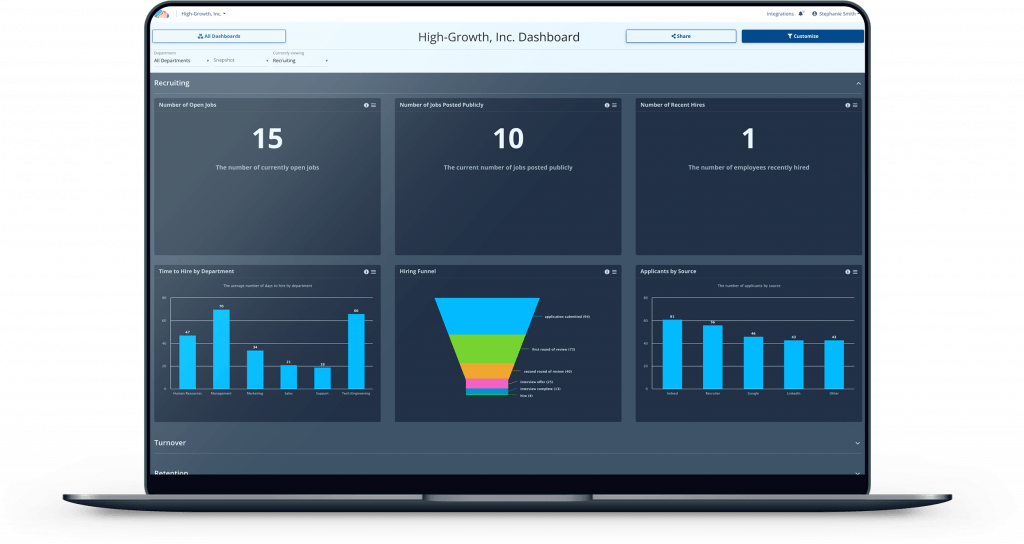
DEI as a Top Priority
Diversity, Equity & Inclusion (DEI) programs are top-of-mind for every business at the moment. Diversity is classified as hiring employees of various groups, such as race, ethnicity, age, national origin, sexual orientation, cultural identity, assigned sex, and gender identity.
A diverse workforce has been proven to improve morale at companies while raising productivity and the bottom line.
A lot of the talk about DEI has been just that: Talk. The challenge in 2022 is for organizations to follow through and meet diversity, equity, and inclusion goals. You can’t improve your diversity if you don’t have a complete picture of your workforce as it stands now. Data analytics on each metric will show you where you need to improve and what your hiring process may be lacking.
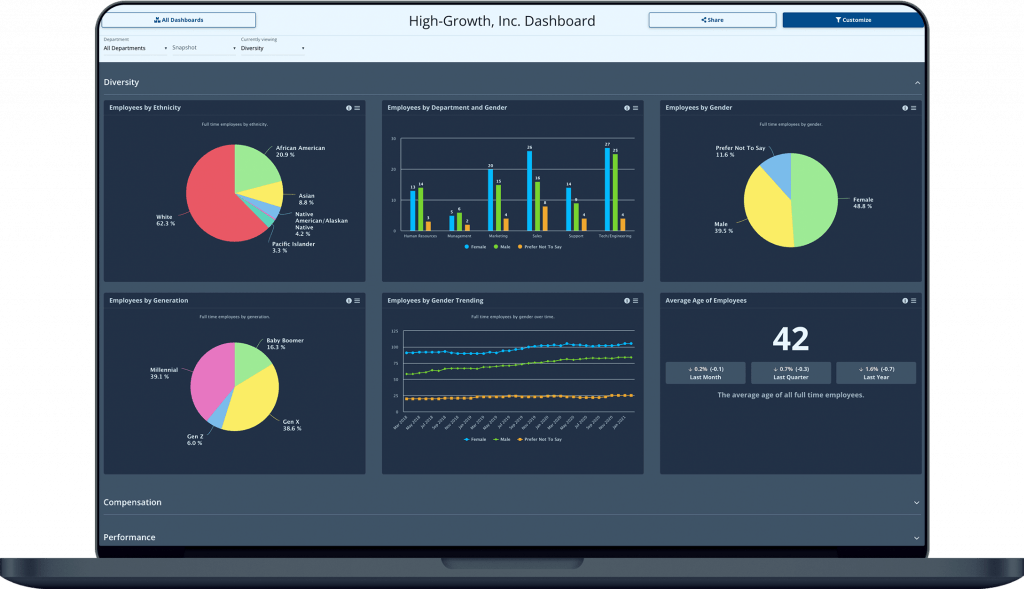
Employee Experience is Key
You hear it everywhere: improve your employee experience. But what does that mean, exactly? Employee experience simply means every touchpoint a worker has with your company, from being recruited, to onboarding, to managers, annual reviews, and if necessary, exit. Experience is also the physical element: the workspace, the technology, and the company culture or values. Improving the experience has to compound benefits, from higher productivity rates to reduced absenteeism. You want your employees enthused and excited about your company’s mission because that energy is contagious.
A source for data metrics in experience is an employee survey, which can help establish a Voice of Employee (VoE) program. These can be created and sent out occasionally to measure how happy your employees are with the company and show them that their ideas are valued.
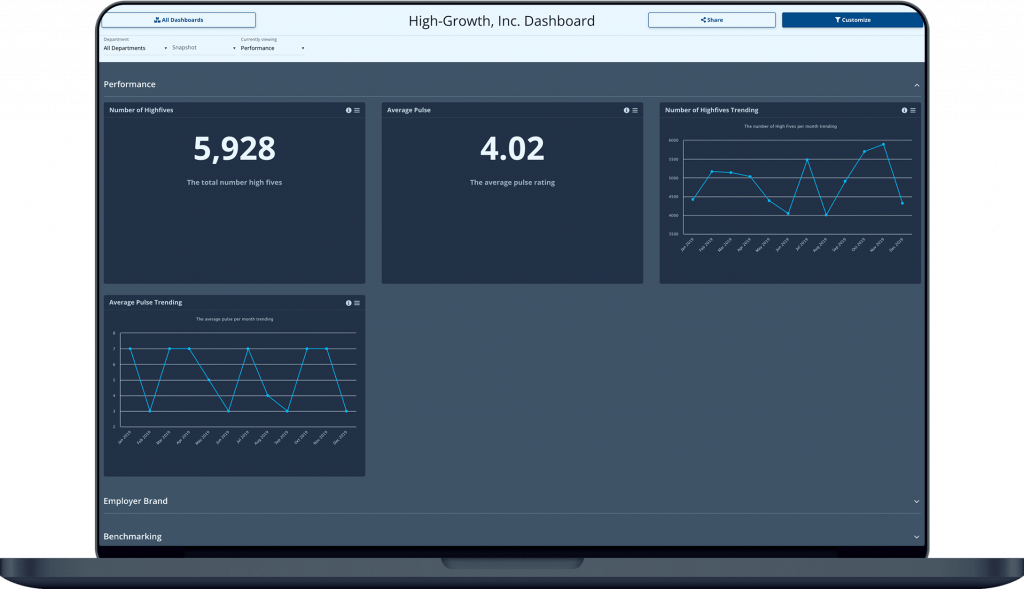
Measuring Performance with HR Analytics
Performance is a way of characterizing how well each employee does their job, and it is often related to salary. Your highest-compensated workers should be the top performers. And as your single biggest expense, payroll, it’s vital to check in on performance to make sure you are spending your money wisely. You can collect data on the salaries, performance reviews, and promotions of top performers. Are they being compensated fairly? Are you paying market rates? Check to see if promotions and raises are behind handed out in a reasonable time frame, and consider utilizing industry benchmarking. Nothing makes a stellar employee want to jump ship faster than being underpaid or unappreciated.
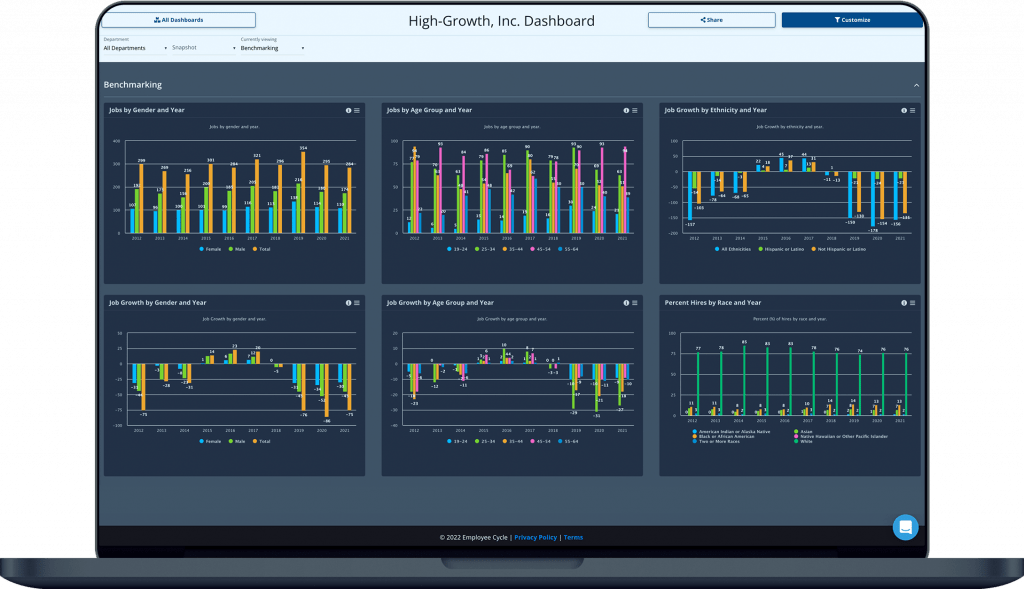
Focus on Learning & Development
Professional development will be an important element to measure in 2022. As part of their experience, employees expect to receive training at work to help them advance to the next level. Take stock of which levels of workers are being trained and developed. If your development programs only cater to managers or C-suite workers, that is an excellent way to lose ambitious junior workers. Evaluate where you are spending your learning budget.
Brad Galdoor, chief people officer at Phenom, said data is critical when growing fast. Leaders need to identify which employees that helped launch a company can stay on to help them scale the business and reach the next level. Unfortunately, not everyone has those skills and can make that transition. Some will leave, and other employees will be asked to leave. He said HR data analytics showed clearly what employees need to do to excel at his company and showed the strongest leaders.
“Implementing the tools has helped that very difficult process,” Galdoor said in a recent podcast.
The best way to create a solid strategy for 2022 is to use data analytics in your decision-making.
Many businesses want to take advantage of the changing HR landscape in 2022 but don’t know where to start. Discover how Employee Cycle’s dashboard can help you visualize and advance your human resources programs today and how having metrics at your fingertips will help you attract, retain, and fairly reward talent in the workplace. Schedule a free demo today.



